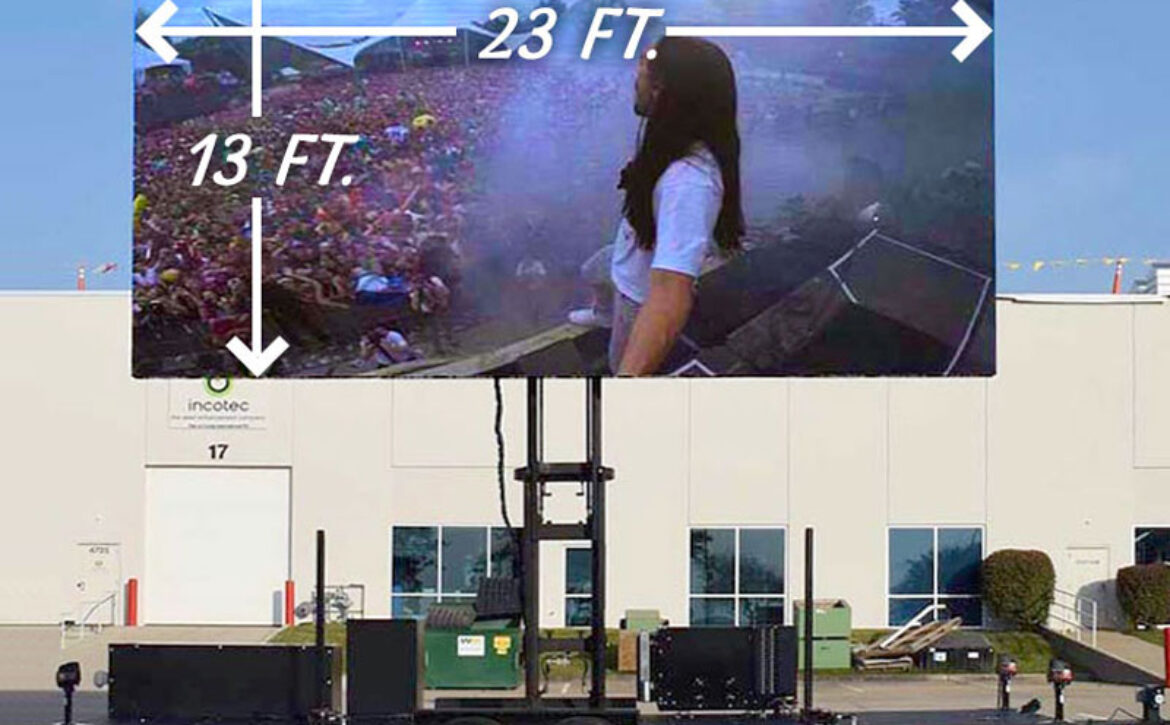Choosing the Right Display Screen: LED, LCD, or OLED?
In the ever-evolving landscape of visual technology, the decision to choose the right display screen can significantly impact your viewing experience. With a variety of options available, including LED, LCD, and OLED, it’s important to understand the strengths and limitations of each technology to make an informed choice. In this article, we explore the features of these display technologies and help you determine which screen is the best fit for your needs.
LED: Power-Packed Brilliance
LED (Light Emitting Diode) screens are renowned for their brightness and vivid color reproduction. If you’re looking for stunning visuals that pop, LED might be the ideal choice. LED technology is prevalent in various applications, from jumbotron displays at sports events to large outdoor LED walls. These screens excel in outdoor environments due to their high brightness levels, making them easily visible even in direct sunlight.
One of the key benefits of LED displays is their versatility. Whether you’re looking for a big-screen TV for home entertainment, a dynamic advertising display, or an interactive presentation at an event, LED screens can adapt to various settings. Additionally, LED technology has a longer lifespan compared to other options, making it a durable investment.
LCD: Consistent Clarity
LCD (Liquid Crystal Display) technology has long been a staple in the world of display screens. LCD screens are known for their consistent and accurate color reproduction, making them a popular choice for applications where color accuracy is crucial, such as professional photo and video editing.
If you’re considering a screen for home use, an LCD TV might be the right choice. LCD TVs provide excellent image quality, often with high resolutions and wide viewing angles. They are also more affordable than some other options, making them a budget-friendly choice for consumers.
However, LCDs do have some limitations. Since they require a backlight to illuminate the screen, they might not achieve the same level of contrast as other technologies like OLED. Additionally, in outdoor settings or areas with bright ambient light, LCD screens might struggle to compete with the high brightness levels of LED displays.
OLED: Stunning Contrast and Precision
OLED (Organic Light Emitting Diode) technology is recognized for its ability to produce deep blacks and vibrant colors, thanks to its self-emissive pixels. Each pixel generates its own light, allowing for precise control over brightness and contrast. This makes OLED screens an excellent choice for applications where image quality is paramount, such as home theaters or professional presentations.
OLED’s advantage in contrast is particularly noticeable in dark scenes, creating a more immersive viewing experience. The technology also allows for thinner and more flexible screens, paving the way for innovative form factors and designs.
However, OLED displays can be more expensive than other options, and there can be concerns about long-term OLED TV lifespan and potential burn-in issues. For outdoor applications, OLED’s brightness might not match that of LED displays, making it less suitable for well-lit environments.
Which is the Right Display Screen for You?
The choice between LED, LCD, and OLED depends on your specific needs and preferences. If you’re seeking high brightness and impact for outdoor events or advertising, LED displays are a go-to choice. For accurate color reproduction and budget-friendly options, LCD screens fit the bill. If you prioritize stunning contrast and image quality, especially for indoor settings, OLED might be the perfect match.
When making your decision to choose the right display screen, consider factors such as the intended use, location, budget, and desired visual quality. It’s also worth noting that advancements in technology are ongoing, so staying informed about the latest developments can help you make a forward-thinking choice.
As you can see, each display technology offers its own set of advantages and considerations. By understanding the strengths and limitations of LED, LCD, and OLED screens, you can confidently choose the screen that aligns with your requirements and enhances your visual experience, whether it’s for entertainment, marketing, or professional presentations.
Give your audience and clients an unforgettable experience. The success of your event is greatly influenced by the quality and professionalism of the service providers you choose. Contact us today to explore how our LED screen rental services can enhance your next event.


